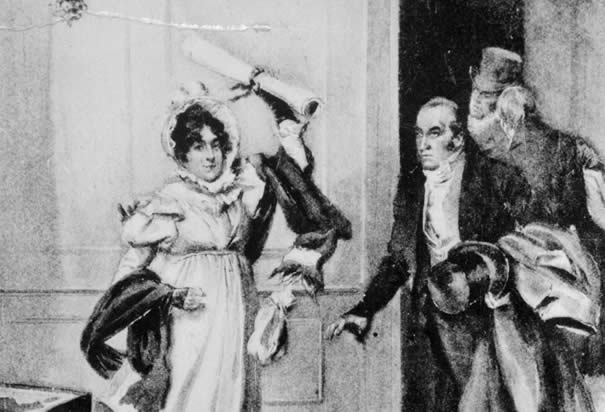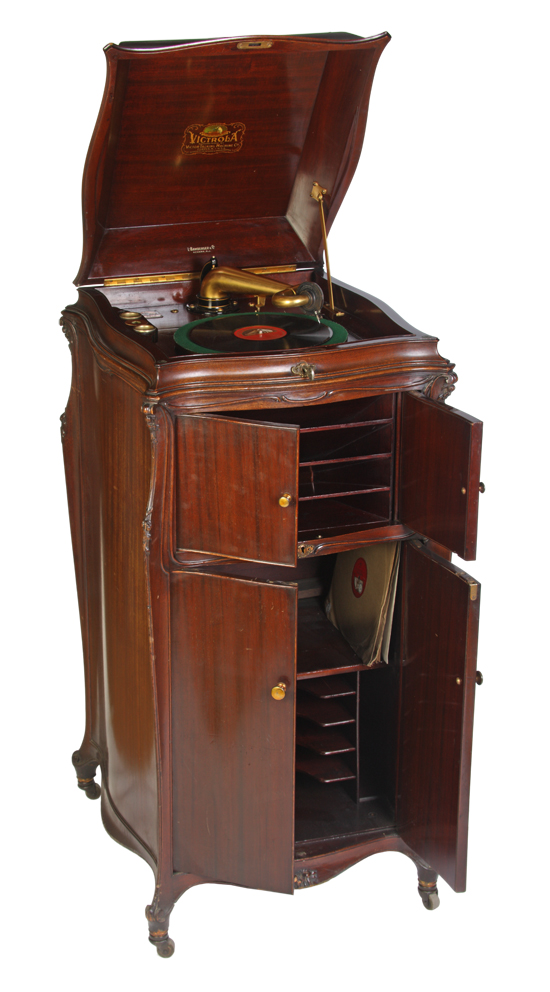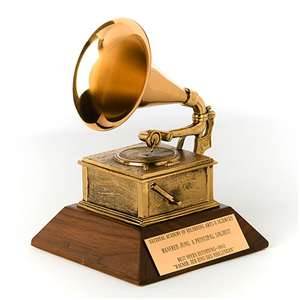Victorian mourning culture really lends itself to Halloween, as visitors to the Governor Warner Mansion’s 4th annual “Ghost Night” quickly found out last Saturday, October 19. The dining room definitely ranked among the spookier parts of the tour. Beneath a cobwebbed chandelier, four veiled and black-garbed mannequins gathered around the table, somberly laid for a Victorian funeral or wake.
Volunteer Annika Taylor, the dining room speaker, reenacted Governor Warner’s daughter Edessa. “Some of you might not know me – I’ve been dead for quite a while,” she quipped as she entered from the kitchen, carrying a plate of funeral biscuits to offer to her motionless “guests.”
The little packaged cookies, served exclusively as Victorian funeral favors, looked the epitome of properness with their white paper wrappers and black wax seals. But don’t let their appearance fool you. Behind them lurk centuries of gristly gourmet.
A MORBID MENTALITY
The Victorians of the late 1800s and early 1900s were fascinated with death – think sentimental jewelry made from the hair of the deceased, black-draped windows, and elaborate mourning outfits, a trend popularized by Queen Victoria of England. After the death of her husband, Prince Albert, she wore black for the rest of her life.
Queen Victoria’s influence extended to the United States as well, ushering in the mourning culture for which the era became famous. Many funeral traditions took root, one of the most lasting being the funeral biscuit.
AN ANCIENT TRADITION
The Victorians may have perfected the funeral biscuit itself, but the tradition was centuries in the making. The symbolism behind eating at funerals predates the Victorians by thousands of years – and its origins were far from romantic.
In fact, the oh-so-proper Victorians would probably have been aghast if they realized that their tradition stemmed from a prehistoric cave dweller ritual: partaking in bits of a dead body before burial, in hopes of transferring that person’s good qualities to the mourners.
By the Middle Ages, corpse eating became more symbolic. Leavened dough was left to rise on the linen-covered chest of the corpse, ostensibly to “absorb” the good qualities of the deceased. These “corpse cakes” were later baked and served to funeral-goers.
BIRTH OF THE BISCUIT
Over the next few centuries, culinary customs at European and American funerals gradually lost the physical connection with the corpse. Instead, cookies – called biscuits – were served to simply symbolize the dead.
Europeans in the late 1700s favored spongy ladyfinger biscuits, while American colonists preferred dense shortbread biscuits flavored with molasses, ginger, or caraway. The cookies were usually wrapped in plain white paper and sealed with black wax, stamped with a skull, cross, heart, or cherub.
During the American Civil War, the height of Victorianism in America, funeral biscuits became a booming commercial enterprise. Unlike their coarse and seedy ancestors, bakery-made funeral biscuits were plain cookies, similar to today’s Lorna Doones. They were often advertised as “made to order on the shortest notice” – a necessity during the war, when news of a death could come at any moment.
SENTIMENTAL SOUVENIR
The Victorians loved ornate designs, so bakeries often custom-decorated the cookie wrappers with the dead person’s name and sad poems. One example begins: “When ghastly death with unrelenting hand cuts down a father, brother, or a friend, the still small voice should make you understand how frail you are, how near your final end.”
Wrappers like this were saved for years as souvenirs of the deceased and the funeral itself. In those days, photography was still in its infancy. A cookie wrapper may have been funeral guests’ only tangible memento of the dead.
Around World War I, funeral biscuits were replaced by full-scale funeral meals. But what goes around, comes around. Today, more than a century after the height of the Victorian funeral biscuit, light refreshments like punch and cookies are once again the norm. This time, though, there’s no black wax, no sappy poems…and no reference to the corpse.















































